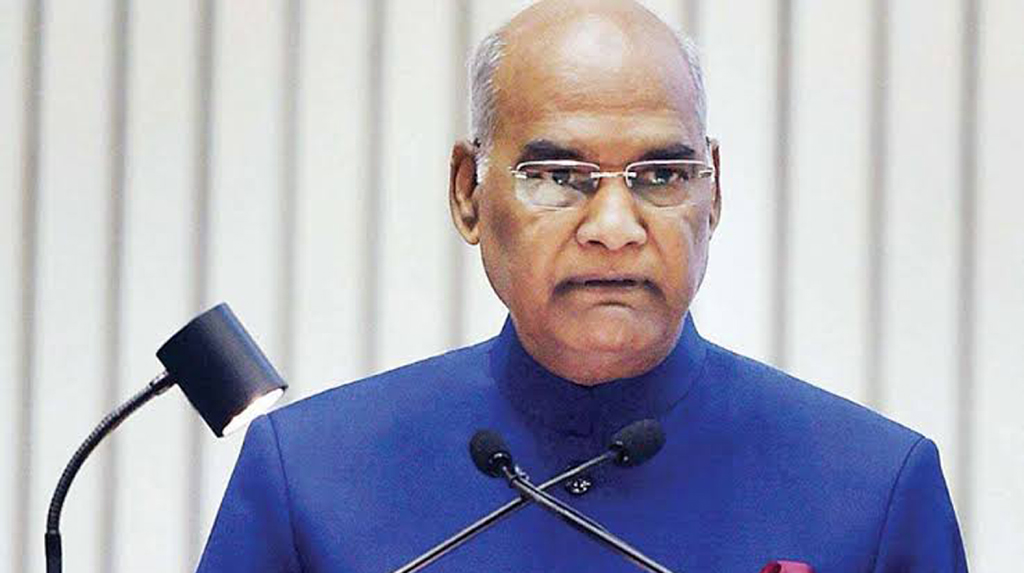New Delhi: President Ram Nath Kovind on Saturday said the new National Education Policy (NEP) is a milestone in strengthening the future of youngsters and would also pave the way for the country to become ‘Atmanirbhar Bharat’.
On July 29, the Union Cabinet had approved the the NEP 2020 which aims for transformational reforms in schools and higher education systems in the country.
It replaced the 34-year-old National Policy on Education.
“Effective implementation of the NEP 2020 is likely to restore India’s glory as a great centre of learning. It will be a milestone in the history of our country. It will not only strengthen the future of our youth but also set our country on course to becoming ‘Atmanirbhar Bharat’,” the President said in a statement.
The NEP sets the vision of developing an equitable and vibrant knowledge society by providing quality education to all. This calls for achieving the twin objectives of inclusion and excellence, he added.
Kovind said that the NEP seeks to discourage rote learning and overemphasis on marks or grades, while encouraing critical thinking and a spirit of enquiry.
“Universities and institutes of higher education should be centres of innovation. They should provide innovative solutions to national and local problems.”
India was a globally respected education hub in ancient times, he said, adding that Universities at Takshashila and Nalanda had iconic status.
The President, however, rued that India’s higher education institutions do not get high positions in global rankings these days.
“Academic Bank of Credits (ABC) is a major shift in Policy which will be of great help to students. This will digitally store the academic credits earned from various Higher Education Institutions so that degrees can be awarded, taking into account the credits earned by students,” he added.
Kovind on to say that NEP will allow students to take courses as per their vocational, professional or intellectual requirements.
It will also allow them suitable exit and re-entry points.
“One of the targets of the NEP 2020 is to increase the Gross Enrolment Ratio or GER in higher education to 50 percent by 2035. Technology can help in achieving this target.
“Greater use of online facilities will also help overcome problems of shortage of faculty and other resources. Educational institutions should develop very good portals and apps to provide e-learning, e-library and other digital facilities,” he said.
The President said that one of the most important features of the NEP is its focus on equity and inclusion.
He cited the All India Survey of Higher Education for 2018-19 which stated that GER for females is slightly higher than that for males.
“However, the share of female students is extremely low in Institutions of National Importance. Their share is particularly low in technical education. This needs to be corrected.
The higher education ecosystem should reflect concern for gender justice in terms of enrolment and contribution, especially in technical institutions,” Kovind said.




